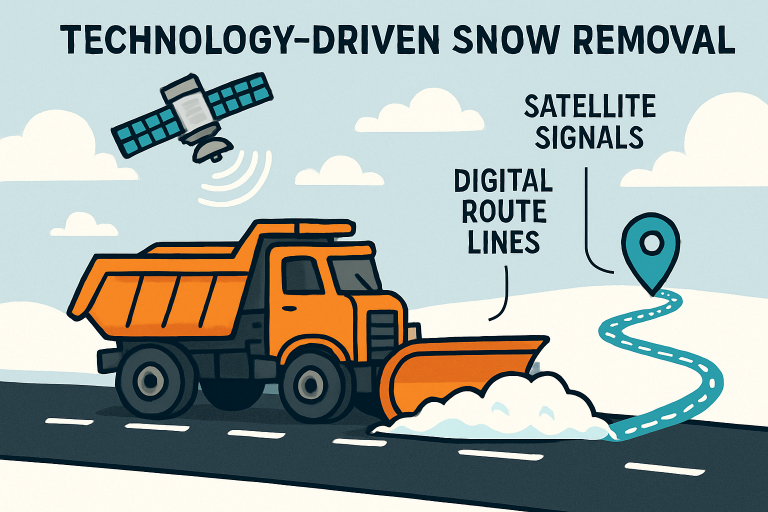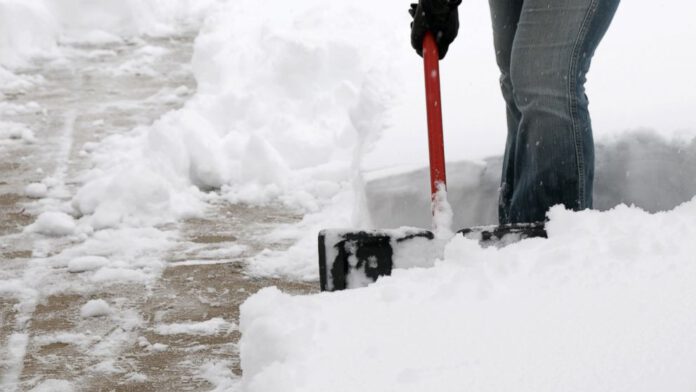As winter arrives, maintaining safe streets, sidewalks, and driveways becomes more challenging. Developing smart snow removal strategies is vital for safety, cost savings, and protecting the environment. Both homeowners and municipalities can use innovations like AI, electric equipment, and real-time data to improve winter response efficiency, cut costs, and lower ecological impact. These advances enable quick, sustainable solutions for harsh winters, improving resource use and automation to keep roads clear with minimal disruption and environmental harm. Prioritizing speed and accuracy during snow events with route optimization and automated equipment reduces risks for workers and residents. Data sharing and decision-making boost winter readiness and response.
Beyond merely clearing snow, innovative strategies now focus on integrating environmental care and reducing salt or fuel use, all while maintaining safety standards. Homeowners and municipalities interested in enhanced snow removal can now choose from a range of smart solutions tailored to local conditions.
AI-Powered Route Optimization
Artificial Intelligence (AI) plays a transformative role in optimizing snowplow routes. By analyzing live weather data, real-time road conditions, and ongoing traffic patterns, AI systems recommend the most efficient paths for snow plows and salt spreaders. This dynamic adjustment minimizes delays and redundancies, helping ensure streets are cleared promptly and operational costs are kept in check.
Cities deploying AI-driven route planning have experienced notable improvements in both coverage and resource allocation, reducing unnecessary passes and operator fatigue. The result is not only faster snow removal but also significant fuel savings and reduced wear on equipment.

Autonomous Snow Removal Equipment
The shift to autonomous snow removal is transforming snow management. These machines use GPS and sensors to navigate without human control, allowing efficient operation in risky conditions and overnight. Automating tasks ensures consistent clearing, reduces labor, and boosts safety. Companies like Left Hand Robotics set new standards in productivity and safety.
Electric and Hybrid Snow Removal Machinery
Adopting electric and hybrid snow removal equipment advances sustainability by producing zero emissions and less noise, which reduces impact on neighborhoods and the environment. Improved battery technology allows longer operation during storms, making these tools more practical for residential and commercial use. This shift lowers fossil fuel reliance, reduces maintenance needs, and supports municipalities and property managers in meeting green goals and stricter emission regulations.
Advanced Ice-Melting Solutions
Traditional salt-based de-icing harms the environment, affecting water, plants, and infrastructure. New methods using liquid brine and eco-friendly anti-icing agents have grown in popularity. Liquid brine adheres better, needs less, and works faster than rock salt. Applying brine before storms prevents ice bonding, easing cleanup and reducing costs. Municipalities using these solutions save money and lessen environmental impact.
Telematics and Fleet Management Systems
Integrating telematics and fleet management into snow removal is essential. GPS trackers and remote monitoring allow managers to track equipment in real time, receive maintenance alerts, and collect utilization data. This helps optimize routes, balance workloads, and reduce fuel use. With telematics, fleets are managed more precisely, ensuring resources go where needed most. These systems are especially valuable during major winter events, enabling coordinated, cost-effective responses.
Sensor-Based Spreader Automation
Automated salt spreaders with sensors and gyroscopic tech adjust application rates based on road curves, inclines, and hazards. RFID tags on roads supply real-time data to optimize salt use, reducing waste, operator fatigue, and environmental impact. These systems improve safety and efficiency in tough areas without high costs.
Real-Time Public Information Systems
Clear communication is vital for effective snow removal. Cities like Syracuse use real-time GIS platforms for residents to track plow locations and snow progress. This transparency aids in planning and managing expectations, especially during heavy snowfall. Such systems improve satisfaction, help identify neglected routes, and lead to faster responses. Updates can be added to traffic apps and websites, expanding access.
Conclusion
Innovative, data-driven approaches to snow removal are redefining winter maintenance standards. From leveraging AI and automation to embracing electric equipment and advanced de-icing methods, these strategies build safer, more efficient, and environmentally responsible communities. Investing in these technologies empowers municipalities and homeowners to tackle even the harshest winters effectively, ensuring accessible and secure environments for everyone.

